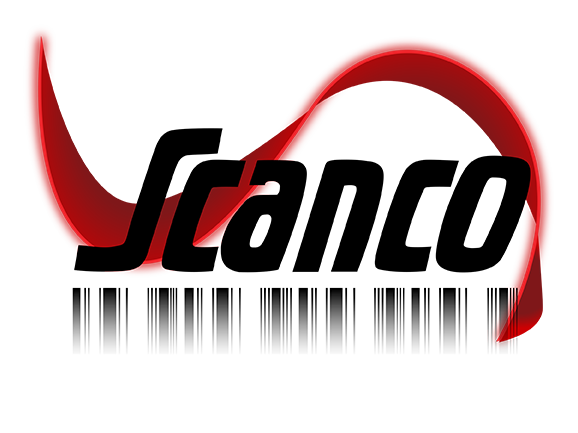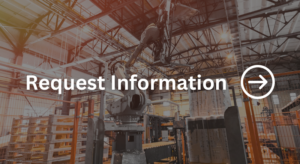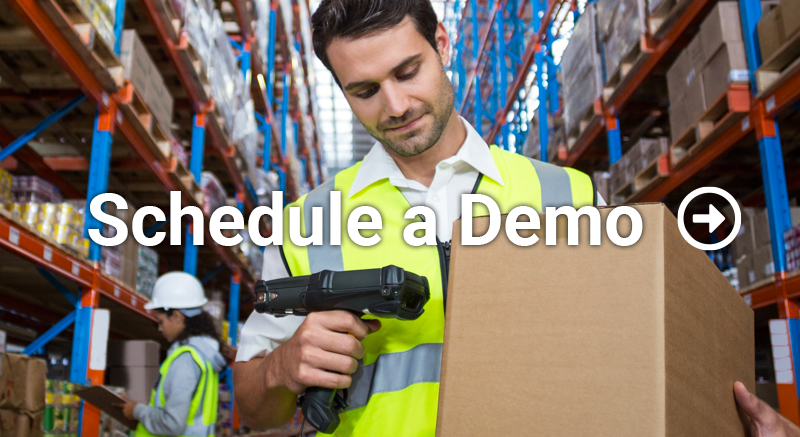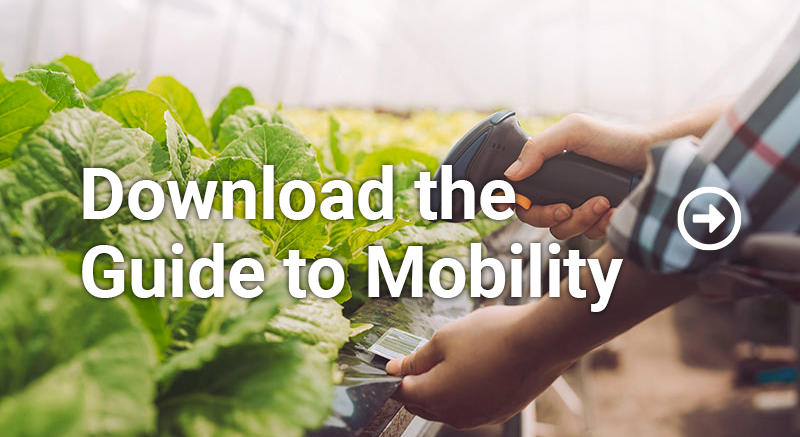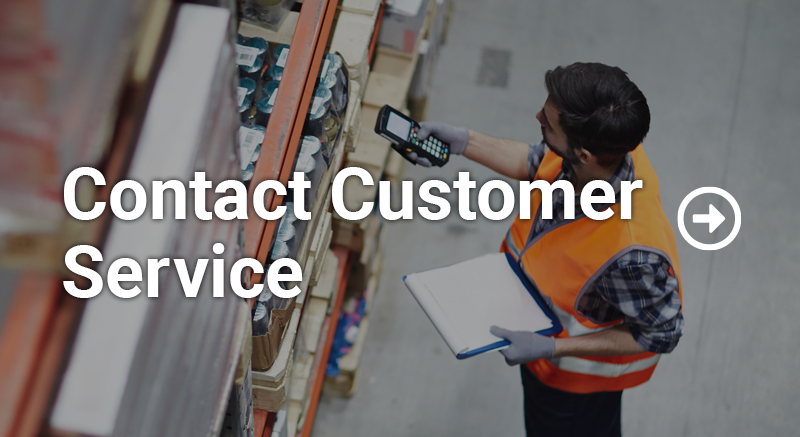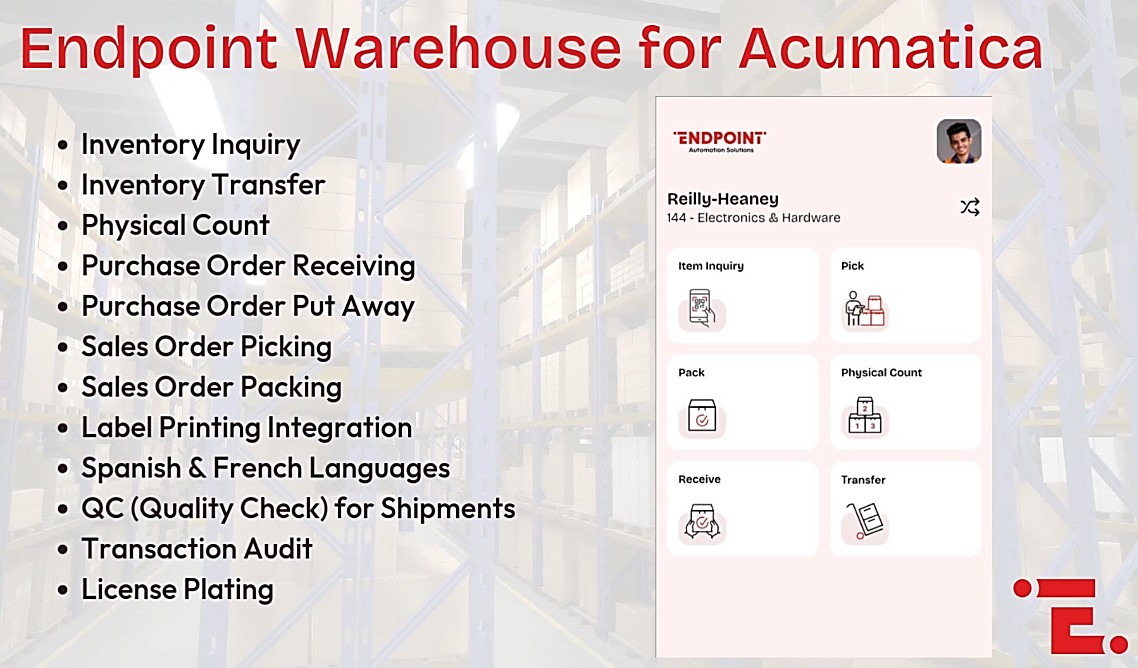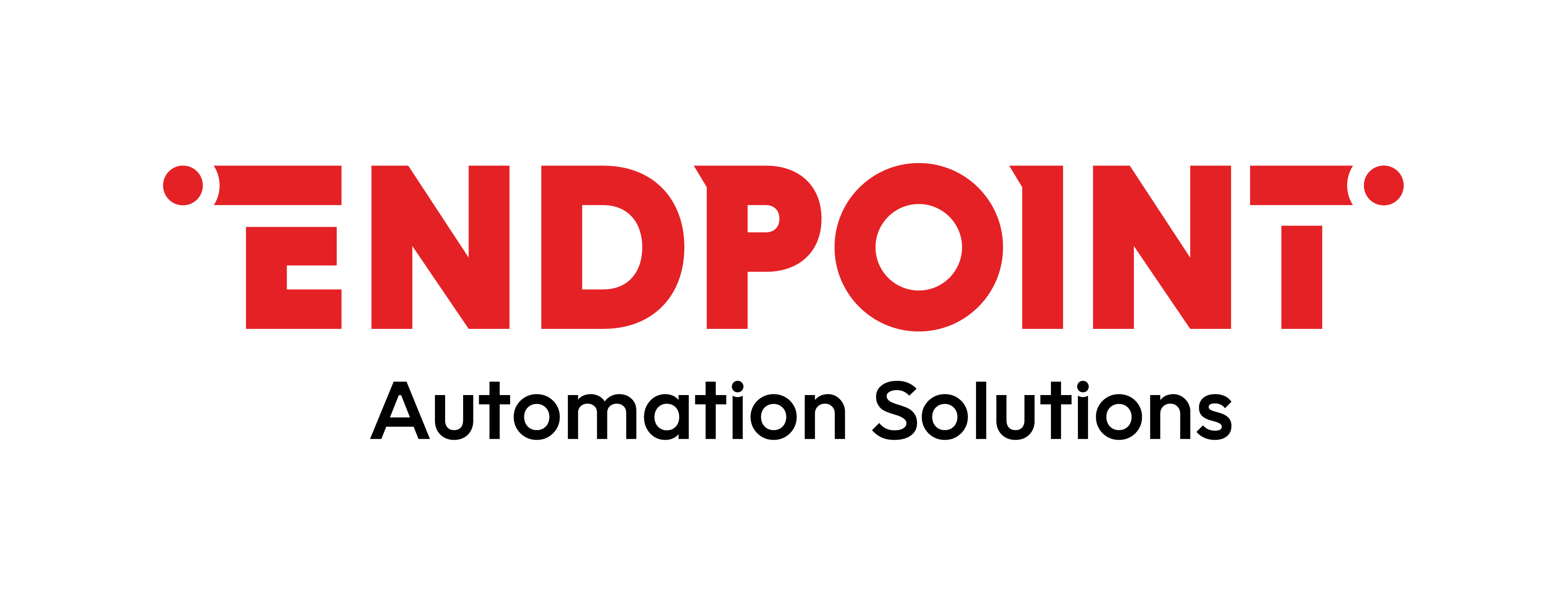March 5th 2025 10:26:27 AM
The Future of Barcode Labels
June 19th 2018 15:00:00 PM
Last month, we shared the fascinating history of barcodes but now it’s time to move on to the future. Today’s article will be all about what you can expect in years to come with the barcode—but, in truth, it’s not really about “barcodes” at all; it’s about sharing information in the most effective, efficient way possible.
As you read about the future of barcodes and barcode labels, keep in mind that the key to future barcoding techniques lies in what’s called “symbology,” a boring word for an interesting concept: how to compact ever-increasing amounts of precise information into the smallest space possible.
Let’s talk about the future.
This article will have far-off future inventions, but you can start your own barcoding future today when you contact Scanco online or at (330) 645-9959 for your free consultation.
A Brief Primer on Barcode Labels
When you think of a typical barcode label, you probably think of the standard 12-digit UPC code, which is the series of numbers with lines of varying thickness that you scan with a barcode scanner. In the industry, these are usually referred to as “one-dimensional barcodes” because they’re read with a one-dimensional laser line.
One dimension is nice and all, and it certainly has gotten us far, but these standard barcodes are limited in the amount of information they can store and share. An average one-dimensional barcode can share up to 85 characters of information.
However, as supply chains lengthen and become more complex, barcodes must also lengthen and become more complex. Futuristic barcode labels with two-dimensions or more can share exponentially more information. (You can store 7,000+ characters on a 2D barcode!)
Barcode labels of the future also seek to overcome the more common barcoding challenges, such as how to scan items that you can’t barcode or how to deal with a damaged barcode. Digimarc and 3D barcodes offer promising solutions, but adoption is slow for these technologies, as you’ll see below.
How to Scan a Futuristic Barcode Label
If you remember from the previous article on the history of barcodes, barcode labels themselves were invented in 1949, but the tech died on the vine because it was nearly impossible to scan the darn things. It wasn’t until the early 70s that a computer company invented a useful, (somewhat) affordable option to scan barcodes … and that’s when the technology finally took off.
You may be worried that futuristic barcode labels would be impossible to scan with affordable technology, but here’s some pretty cool information: 2D barcodes use “photo recognition software,” which basically means that scanning them requires only a camera (and, of course, a database that can interpret the image for you and read the data).
In fact, 2D barcodes offer a number of benefits:
- Can read barcodes in any direction – which speeds your scanning activities
- Stores more information in less space than a one-dimensional barcode – which can help you track and trace more information
- Any camera can scan a 2D barcode, including your mobile device – which means you already have the tools you need to succeed
Of course, not all futuristic barcode labels are that easy to read.
Some Barcode Labels May Be Too Futuristic
Two other popular barcode labeling methods include Digimarc and the 3D barcode.
- Digimarc calls itself “the barcode of everything” because it empowers companies to embed repeating, invisible barcode labels directly into the product itself. This not only offers speedy scanning capabilities and resistance to barcode damage, it also provides the opportunity to barcode anything of any size and in any environment. It also takes specialized scanner technology to read … so don’t expect to see any Digimarc barcodes any time soon.
- 3D Barcodes were invented by National Physical Laboratory, and they’re described as “nanobarcodes printed on microscopic adhesive cubes.” (You know it’s futuristic when you have to read the description twice!) These little guys are roughly the size of a single skin cell and the cube is “barcoded” with 90,000 small squares that are etched into the surface of the cube at varying depths. Since this thing is so small, it takes an automated microscope to read it … which means that it’s so unbelievably cost prohibitive that none of us will be using this barcode any time soon.
Okay, we’ll admit that last one is just the coolest form of 3D barcodes. There are others that are more useful, such as embossed or engraved 2D barcodes that can be read with laser scanners to measure the height, width, and depth of the embossing/engraving. Since these types of 3D barcodes are hardy and can store a lot of data, they’re likely to find more applications in the near future. However, they’ll require new technology to both create and read, so they won’t have large-scale applications for quite some time.
What’s Your Barcode Labeling Future?
Though the future of barcoding leaves lots of room for imagination, your future of barcoding should be pretty straightforward. To ensure that you see maximum efficiency at optimal costs, your best choice is probably the standard, one-dimensional barcode label we’ve all used for years.
Not only is this barcode labeling method affordable and easy to use, it also works perfectly with Sage 100. Even better, your warehouse can start using barcode labels almost immediately when you get fully integrated barcode label printing software and scanning technology from Scanco.
Contact Scanco online or at (330) 645-9959 to schedule your free consultation and learn more about barcode labels and barcode scanners for the warehouse and beyond.
